Legally, army officers had the right to resign their commissions. All they had to do was submit a letter of resignation to the department commander, who forwarded it to the secretary of war for approval by the president. As soon as a letter of acceptance was returned, the officer was free from his obligations to the Union Army. Many men, however, did not wait for the letter, since mail to the territories could take weeks, and they were afraid that Commissions in the new Confederate Army would all be given out if they waited.
Enlisted men had no such chance of leaving the army. They had enlisted for a specified period of time and could not resign. His choice was to wait until his enlistment was up, or desert, a punishable crime if the deserter were apprehended. Because of these regulations, only 26 enlisted men and non-commissioned officers of the regular army are known to have legally left the army at the war’s beginning. By the end of the war, only a few hundred of the 15,135 enlisted men had left the ranks to join the Confederacy.
The high number of resignations in New Mexico Territory left the area in disarray and confusion. Adding to that was the transfer of several companies out of the territory, to fight in the east. Volunteer troops and local militias filled the ranks, but they did not have the experience of working together. Many of the men who left to join the Confederacy had served in New Mexico for long enough to have inspired loyalty in their troops, and that kind of dedication took time to develop. Here is a partial list with ten of the men who left their service in New Mexico to join the Confederacy:
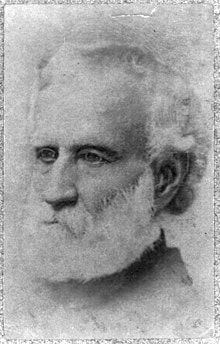
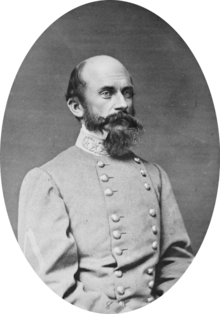
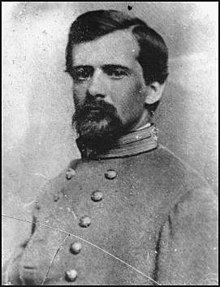


Henry C. McNeill was a Second Lieutenant in the Second Dragoons, stationed at Fort Union when the Civil War began. Born in 1833, in Natchez, Mississippi and graduated from the United States Military Academy at West Point. McNeill was commissioned as lieutenant colonel in the Fifth Texas Cavalry, which entered New Mexico as part of Sibley’s Army of New Mexico. He was later promoted to colonel.
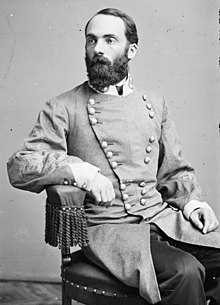
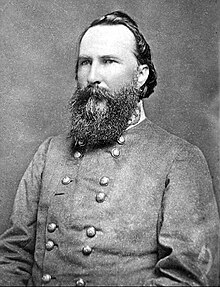
James Longstreet was born in Edgefield District, South Carolina in 1821. He the United States Military Academy at West Point, Longstreet and was commissioned a brevet second lieutenant. He served in the United States Army during the Mexican–American War, then became an Army recruiter in Poughkeepsie, New York, served at Carlisle Barracks in Pennsylvania, and was Chief Commissary for the Department of Texas, responsible for acquiring and distributing food to the department's soldiers and animals. Longstreet served on frontier duty in Texas at Fort Martin Scott near Fredericksburg, then was transferred to Fort Bliss in El Paso. After that, he became major and paymaster for the 8th Infantry in Leavenworth, Kansas. Longstreet was in Albuquerque, New Mexico, serving as paymaster for the department when the Civil War broke out. He resigned his commission and accepted a commission as a lieutenant colonel in the Confederate States Army. Within a month he had become a brigadier general.



